Home>Furniture & Design>Interior Design Trends>What Is Slag Glass
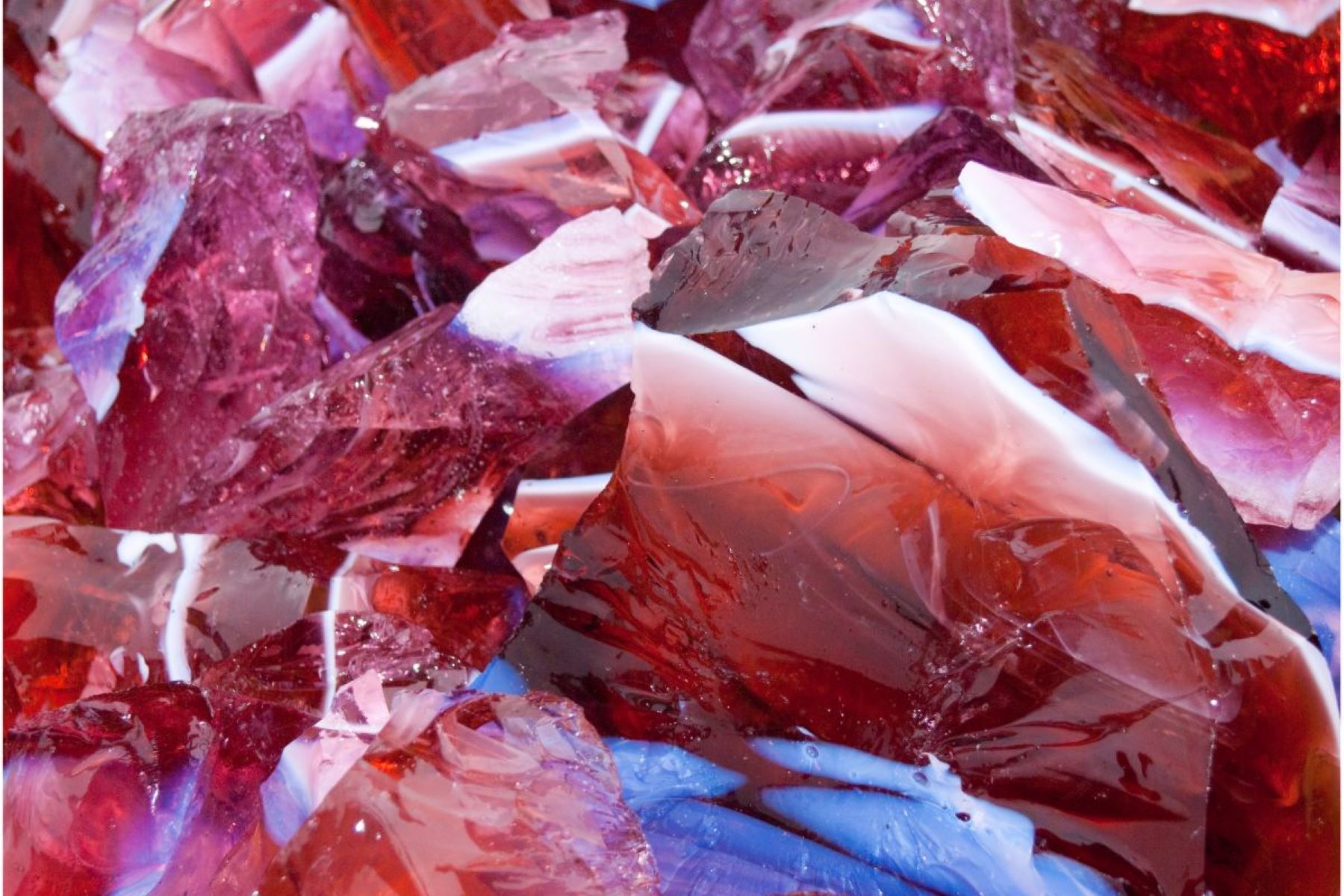

Interior Design Trends
What Is Slag Glass
Modified: May 6, 2024
Discover the latest interior design trend with slag glass. Learn about its unique properties and how to incorporate it into your home decor. Explore the beauty of slag glass and elevate your interior design.
(Many of the links in this article redirect to a specific reviewed product. Your purchase of these products through affiliate links helps to generate commission for Storables.com, at no extra cost. Learn more)
Introduction
Slag glass, also known as malachite glass or marble glass, is a captivating material that has been cherished for its unique beauty and historical significance. This exquisite type of glass has captured the fascination of collectors and interior design enthusiasts alike, owing to its mesmerizing swirls of color and intriguing origins.
The allure of slag glass lies in its rich history and the meticulous craftsmanship involved in its creation. From its humble beginnings as a byproduct of metal smelting to its transformation into a sought-after decorative material, slag glass has evolved into a symbol of elegance and artistry.
In this comprehensive exploration, we will delve into the captivating world of slag glass, uncovering its intriguing history, the intricate process of its creation, its distinctive characteristics, versatile uses, and valuable insights into collecting and caring for these timeless pieces. Join us on a journey through time and craftsmanship as we unravel the enchanting story of slag glass.
Key Takeaways:
- Slag glass, also known as malachite glass, is a captivating material with mesmerizing swirls of color. Its rich history and timeless elegance make it a cherished addition to interior decor.
- The art of collecting and caring for slag glass offers enthusiasts a glimpse into the past, preserving its historical significance and timeless beauty for future generations.
Read more: How To Identify Slag Glass
History of Slag Glass
Slag glass has a rich and fascinating history that dates back to the late 19th century. Its origins can be traced to the industrial revolution, a period marked by rapid advancements in manufacturing and metallurgy. The term "slag" refers to the byproduct of smelting processes, which often resulted in the formation of glass-like material due to the fusion of impurities and oxides.
During this era, metal foundries and smelting facilities produced vast quantities of slag as a byproduct of the smelting process. Initially considered a waste material, slag was often discarded or repurposed for construction and road-building. However, artisans and glassmakers recognized the aesthetic potential of this overlooked substance and began experimenting with ways to transform it into decorative objects.
The transformation of slag into glass involved a meticulous process of melting and reworking the material to achieve the desired color and texture. Artisans discovered that by carefully controlling the temperature and composition of the molten slag, they could produce glass with captivating swirls of color, reminiscent of natural marble or malachite. This innovative approach elevated slag from a mere industrial byproduct to a prized material for creating ornamental pieces.
The popularity of slag glass surged during the late 19th and early 20th centuries, coinciding with the Victorian and Art Nouveau movements. Its mesmerizing hues and unique patterns made it a favored choice for crafting lampshades, vases, jewelry, and other decorative items. The intricate beauty of slag glass captivated the imaginations of designers and collectors, cementing its status as a cherished component of interior decor.
Today, the legacy of slag glass lives on as a testament to the ingenuity of artisans who transformed industrial waste into objects of enduring beauty. Its historical significance and timeless allure continue to captivate enthusiasts and collectors, ensuring that the story of slag glass remains an integral part of decorative arts history.
How Slag Glass is Made
The process of creating slag glass is a testament to the ingenuity and artistry of glassmakers. It begins with the collection of slag, the byproduct of metal smelting processes. This raw material, often discarded as waste, undergoes a meticulous transformation into a stunning and versatile decorative material.
The first step in the production of slag glass involves the careful selection and sorting of the raw slag. Glassmakers seek out pieces with desirable color variations and unique patterns, which will contribute to the visual appeal of the finished glass. Once the raw slag is selected, it undergoes a thorough cleaning process to remove impurities and prepare it for the next stage.
The cleaned slag is then crushed into small fragments, creating a raw material that is ready for the glassmaking process. These fragments are carefully measured and mixed with other essential ingredients, such as silica sand and fluxes, to facilitate the melting and shaping of the glass. The precise combination of materials is crucial in achieving the desired color and texture in the final product.
The prepared mixture is then placed into a high-temperature furnace, where it undergoes a process of melting and fusion. As the temperature rises, the raw materials begin to liquefy and blend together, forming a molten mass that is carefully monitored by skilled glassmakers. During this stage, the artisans have the opportunity to introduce specific colorants or additives to create unique visual effects within the glass.
Once the molten glass reaches the desired consistency and temperature, it is carefully shaped and manipulated using traditional glassmaking techniques. Artisans may employ blowing, molding, or casting methods to achieve the desired form, whether it be a vase, lampshade, or decorative ornament. The skill and precision of the glassmakers are essential in ensuring that the molten glass retains its captivating swirls of color and distinctive patterns.
After the shaping process is complete, the glass is gradually cooled to solidify its form, locking in the mesmerizing hues and textures that define slag glass. The resulting pieces are then meticulously finished and polished to enhance their luster and visual appeal, ready to be admired and cherished for generations to come.
The art of creating slag glass is a harmonious blend of craftsmanship, creativity, and technical expertise, culminating in the production of a material that continues to captivate and inspire admirers of decorative arts worldwide.
Characteristics of Slag Glass
Slag glass is renowned for its distinctive characteristics, which set it apart as a captivating and versatile decorative material. Its defining features encompass a mesmerizing interplay of color, texture, and translucency, making each piece a unique work of art. Here are the key characteristics that define slag glass:
-
Swirling Patterns: One of the most striking attributes of slag glass is the mesmerizing swirls and patterns that adorn its surface. These intricate designs, reminiscent of natural marble or malachite, are the result of the fusion and crystallization of different mineral components within the molten glass. The interplay of colors and patterns creates a visual spectacle that captures the imagination and adds a touch of elegance to any setting.
-
Translucent Beauty: Slag glass possesses a captivating translucency that allows light to pass through, casting a gentle and enchanting glow. When illuminated, the glass comes to life, revealing its intricate patterns and subtle variations in color. This luminous quality adds depth and allure to slag glass, making it a favored choice for creating luminous lampshades and decorative windows.
-
Varied Color Palette: From rich ambers and deep blues to delicate pinks and vibrant greens, slag glass exhibits a diverse and alluring color palette. The fusion of different mineral oxides and impurities during the smelting process gives rise to a spectrum of captivating hues, each with its own unique charm. This broad range of colors allows for endless creative possibilities, enabling artisans to craft pieces that complement a wide array of interior design styles.
-
Textural Intrigue: The tactile appeal of slag glass is equally captivating, with its smooth, polished surface inviting touch and exploration. The subtle variations in texture, from gentle ripples to crystalline formations, add depth and dimension to each piece, creating a sensory experience that resonates with admirers and collectors alike.
-
Timeless Elegance: Beyond its visual and tactile allure, slag glass exudes a timeless elegance that transcends passing trends. Whether showcased in the form of delicate jewelry, ornate vases, or elaborate lampshades, slag glass evokes a sense of refinement and sophistication, making it a cherished addition to any interior decor.
In essence, the characteristics of slag glass converge to form a symphony of beauty, craftsmanship, and historical significance. Its enduring appeal and timeless allure continue to captivate enthusiasts and collectors, ensuring that the legacy of slag glass remains an integral part of decorative arts history.
Uses of Slag Glass
Slag glass, with its captivating beauty and versatile qualities, has found a myriad of uses across various design and decorative applications. Its unique characteristics, including swirling patterns, translucent allure, and varied color palette, make it a favored choice for adding a touch of elegance and sophistication to interior spaces. Here are some of the prominent uses of slag glass:
-
Lampshades: Slag glass is often employed in the creation of exquisite lampshades, where its translucent properties come to life when illuminated. The interplay of light and color through the glass adds a warm and enchanting ambiance to any room, making it a popular choice for both vintage and contemporary lighting fixtures.
-
Decorative Windows: The captivating swirls and varied hues of slag glass make it an ideal material for crafting decorative windows. Whether used in residential or commercial settings, these windows infuse spaces with a timeless charm, casting vibrant patterns of light and color into the surrounding environment.
-
Jewelry: The alluring colors and textures of slag glass lend themselves beautifully to the creation of unique and eye-catching jewelry pieces. From pendants and earrings to bracelets and brooches, slag glass jewelry exudes a sense of elegance and individuality, making it a coveted addition to any accessory collection.
-
Vases and Ornaments: Slag glass vases and decorative ornaments serve as striking focal points in interior decor. The swirling patterns and rich colors of the glass add an artistic flair to any setting, whether displayed as standalone pieces or as part of a curated collection.
-
Architectural Accents: In architectural design, slag glass is often incorporated as a decorative accent, adding a touch of sophistication to doors, transoms, and other architectural elements. Its timeless appeal and visual intrigue make it an enduring choice for enhancing the aesthetic appeal of buildings and interior spaces.
-
Collectible Art: Due to its historical significance and enduring allure, slag glass has become a sought-after collectible art form. Enthusiasts and collectors value these pieces for their craftsmanship and visual appeal, often showcasing them as prized possessions in curated collections.
The diverse uses of slag glass underscore its adaptability and enduring charm, making it a cherished component of interior design and decorative arts. Whether adorning lighting fixtures, accentuating architectural details, or serving as collectible art, slag glass continues to captivate admirers with its timeless elegance and artistic allure.
Read more: What Are Glass Packs
Collecting and Caring for Slag Glass
Collecting slag glass is a rewarding pursuit that allows enthusiasts to appreciate the historical significance and timeless beauty of this unique material. Whether embarking on a quest to acquire rare pieces or simply admiring the artistry behind each creation, collecting slag glass offers a glimpse into the rich tapestry of decorative arts history. Here are valuable insights into the art of collecting and caring for slag glass:
The Art of Collecting
Collecting slag glass often begins with a sense of fascination for its captivating swirls of color and historical resonance. Enthusiasts are drawn to the diverse hues and patterns that adorn each piece, recognizing the artistry and craftsmanship that went into its creation. As collectors delve into the world of slag glass, they may seek out specific color variations, rare patterns, or pieces associated with renowned glassmakers and historical periods.
Preservation and Display
Caring for slag glass involves mindful preservation and thoughtful display. To maintain the luster and integrity of these cherished pieces, collectors should avoid exposing them to harsh chemicals, extreme temperatures, or direct sunlight, which can cause fading or damage. Gentle cleaning with a soft, lint-free cloth and mild glass cleaner can help preserve the glass's brilliance while safeguarding its delicate beauty for generations to come.
Historical Context
Understanding the historical context of slag glass adds depth and significance to a collection. Exploring the origins of slag glass, its role in decorative arts movements, and the techniques employed by renowned glassmakers provides a deeper appreciation for each piece. By delving into the historical narrative of slag glass, collectors gain a broader perspective on its evolution and enduring allure.
Read more: What Is A Crystal Glass?
Community and Knowledge Sharing
Engaging with fellow collectors and enthusiasts fosters a sense of community and provides opportunities for knowledge sharing. Participating in collector forums, attending exhibitions, and connecting with experts in decorative arts can offer valuable insights and enrich the collecting experience. Sharing stories, insights, and discoveries with like-minded individuals adds a layer of camaraderie to the pursuit of slag glass treasures.
Preservation for Future Generations
As custodians of these timeless treasures, collectors play a vital role in preserving the legacy of slag glass for future generations. By documenting the history and provenance of each piece, collectors contribute to the ongoing narrative of decorative arts and ensure that the artistry and craftsmanship behind slag glass endure as a source of inspiration and admiration.
In essence, collecting and caring for slag glass is a journey of discovery, appreciation, and preservation. Each piece holds a story waiting to be uncovered, and each collector becomes a guardian of its legacy, ensuring that the allure of slag glass continues to captivate and inspire for years to come.
Slag glass is a type of colored glass made by adding slag, a byproduct of metal smelting, to the glass mixture. It often has unique swirls and patterns, making it popular for decorative items like lamps and vases.
Conclusion
In conclusion, the enchanting allure of slag glass transcends time and trends, weaving together a narrative of historical significance, artistic ingenuity, and enduring beauty. From its humble origins as an industrial byproduct to its transformation into a cherished decorative material, slag glass stands as a testament to the resilience of creativity and the timeless appeal of decorative arts.
The rich history of slag glass, rooted in the industrial revolution and the Victorian and Art Nouveau movements, reflects the convergence of innovation and artistry. Its journey from discarded waste material to coveted decorative element showcases the transformative power of human creativity, as artisans harnessed the potential of slag to create objects of timeless elegance.
The meticulous process of crafting slag glass, involving the fusion of raw materials, the manipulation of molten glass, and the shaping of intricate patterns, underscores the skill and expertise of glassmakers. Each piece of slag glass bears the imprint of this craftsmanship, inviting admiration and fascination with its swirling colors and tactile allure.
The diverse uses of slag glass, spanning from lampshades and decorative windows to jewelry and architectural accents, underscore its adaptability and enduring charm. Whether illuminating spaces with its translucent beauty or adding a touch of sophistication to architectural details, slag glass continues to captivate admirers with its timeless elegance and artistic allure.
The art of collecting and caring for slag glass offers enthusiasts a window into the past, allowing them to appreciate the historical context and artistry behind each piece. As custodians of these timeless treasures, collectors play a vital role in preserving the legacy of slag glass for future generations, ensuring that its allure continues to captivate and inspire for years to come.
In essence, the story of slag glass is a tapestry woven with threads of history, craftsmanship, and artistic expression. Its enduring legacy serves as a reminder of the transformative power of creativity and the timeless allure of decorative arts, inviting admirers to embark on a journey through time and craftsmanship as they unravel the enchanting story of slag glass.
If you found slag glass intriguing, you'll definitely want to check out our detailed look at pressed glass. While both materials add unique flair to home decor, understanding the distinctions deepens appreciation for each. Next, delve into the world of pressed glass, where you'll uncover its origins, manufacturing processes, and diverse applications in everyday items. It's a journey through another fascinating chapter of glass history that offers practical tips for collectors and enthusiasts alike.
Frequently Asked Questions about What Is Slag Glass
Was this page helpful?
At Storables.com, we guarantee accurate and reliable information. Our content, validated by Expert Board Contributors, is crafted following stringent Editorial Policies. We're committed to providing you with well-researched, expert-backed insights for all your informational needs.

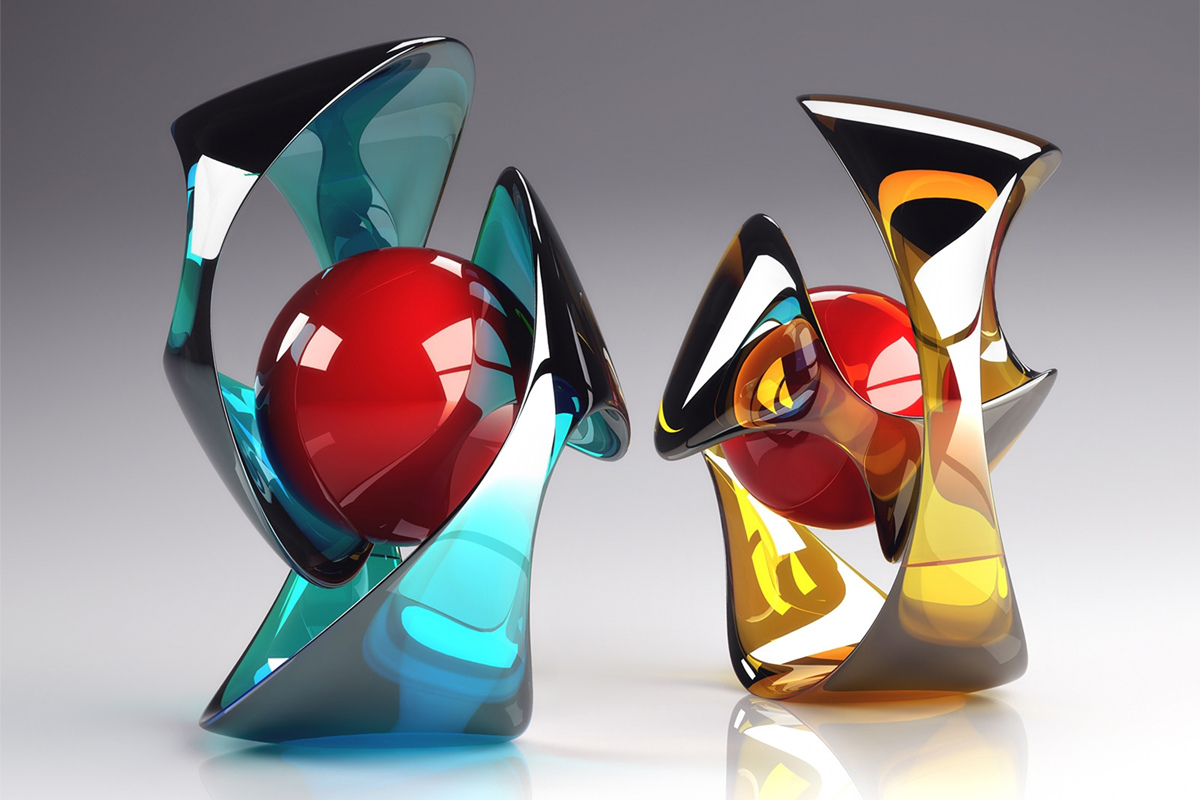

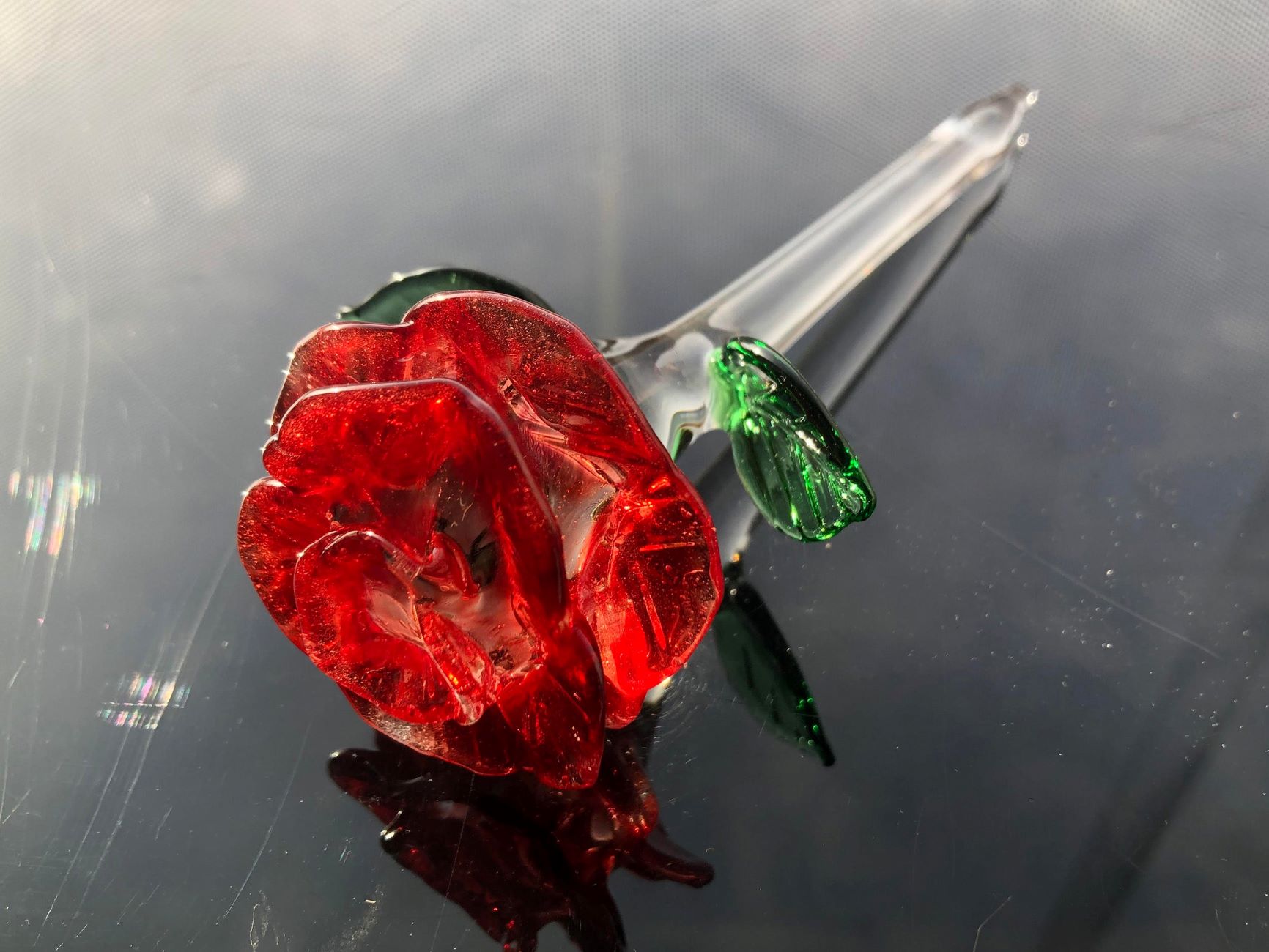
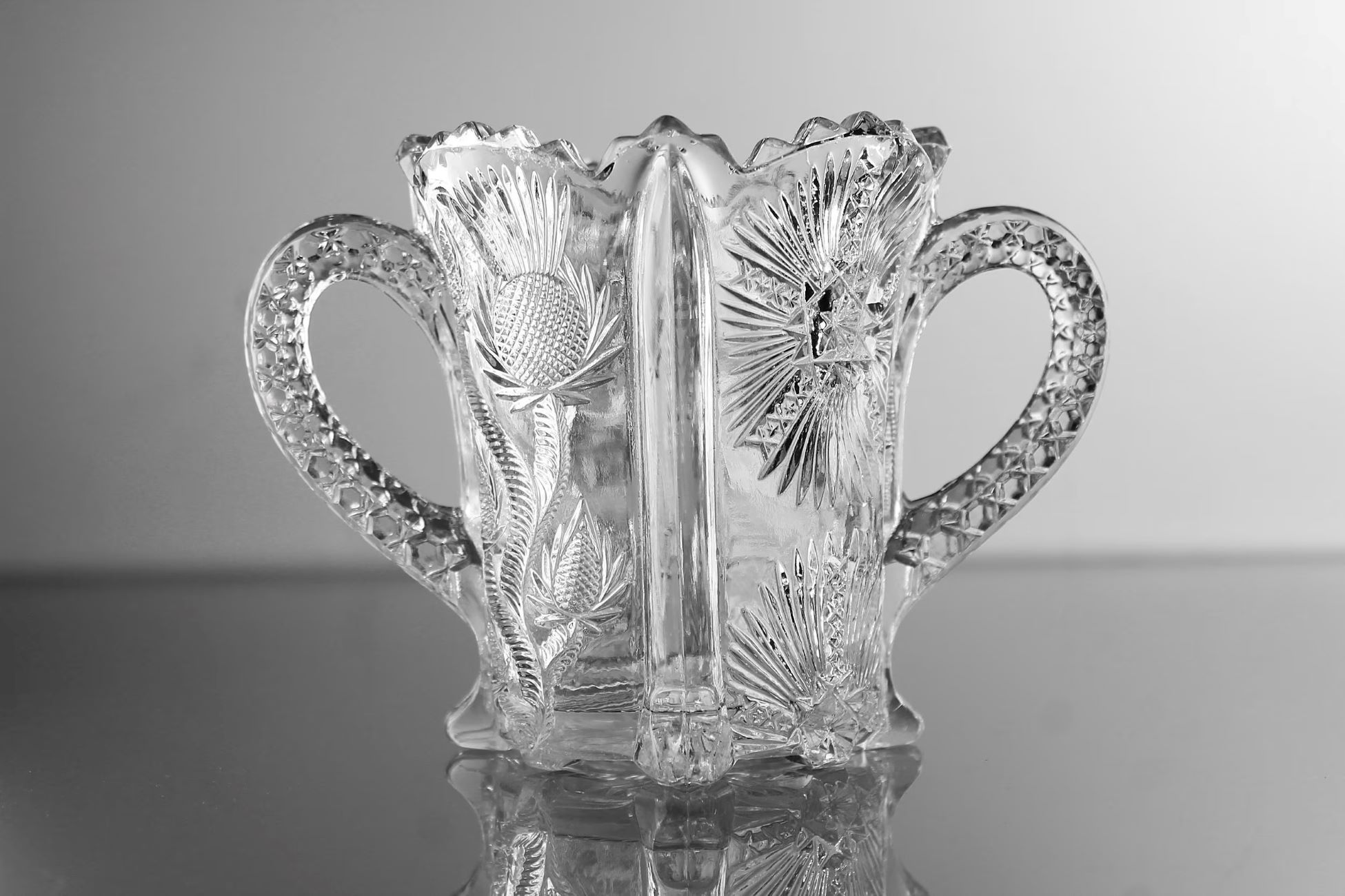
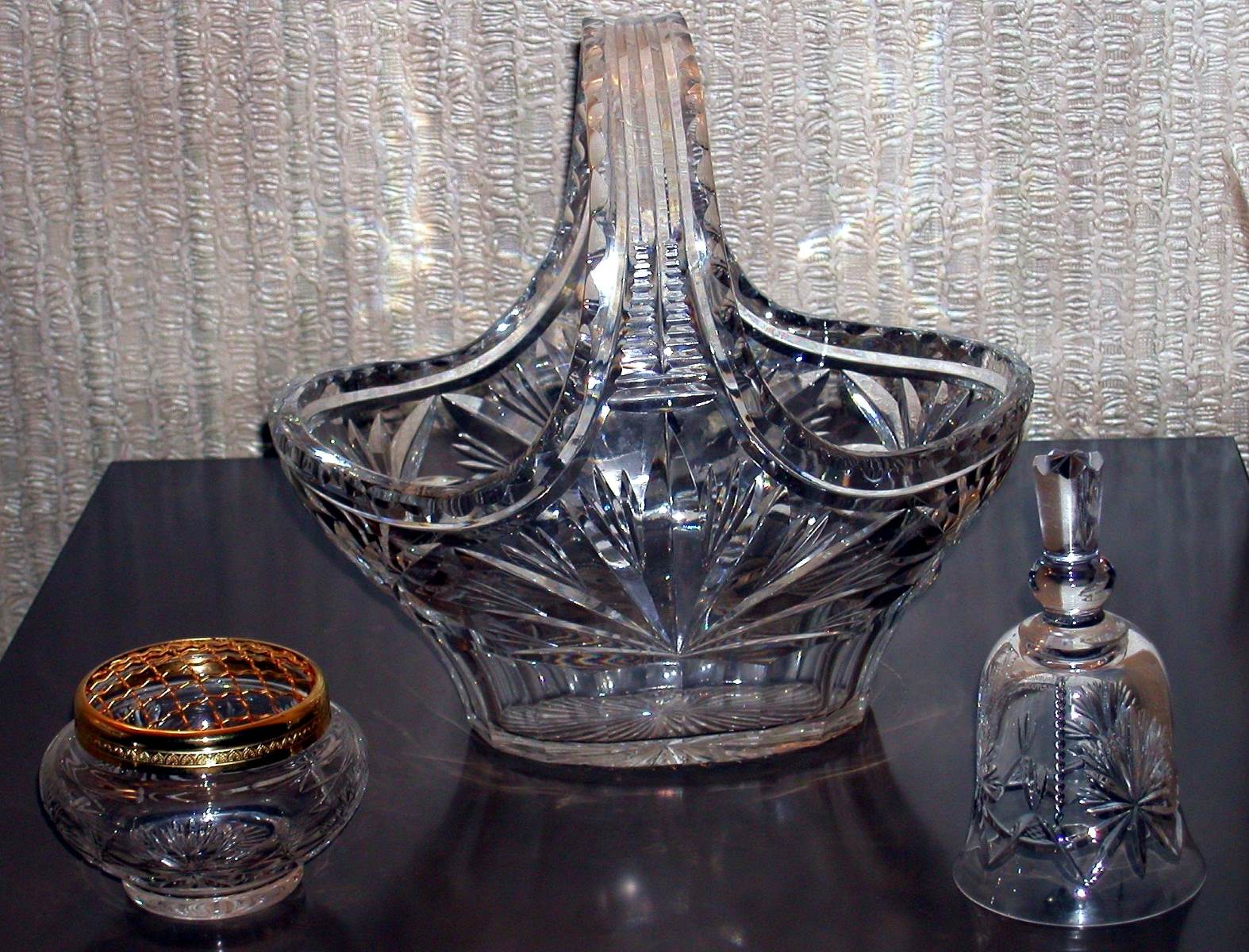

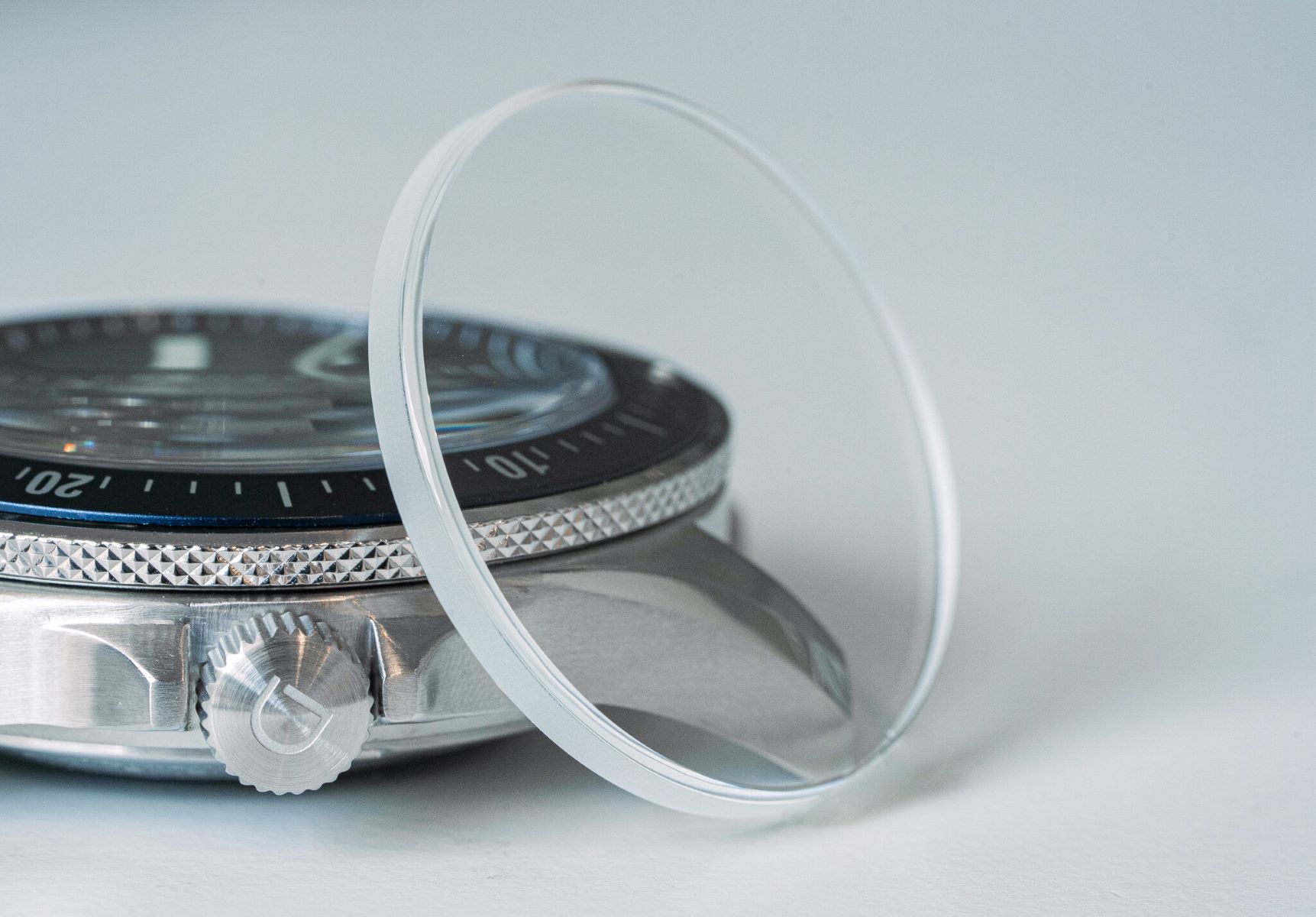

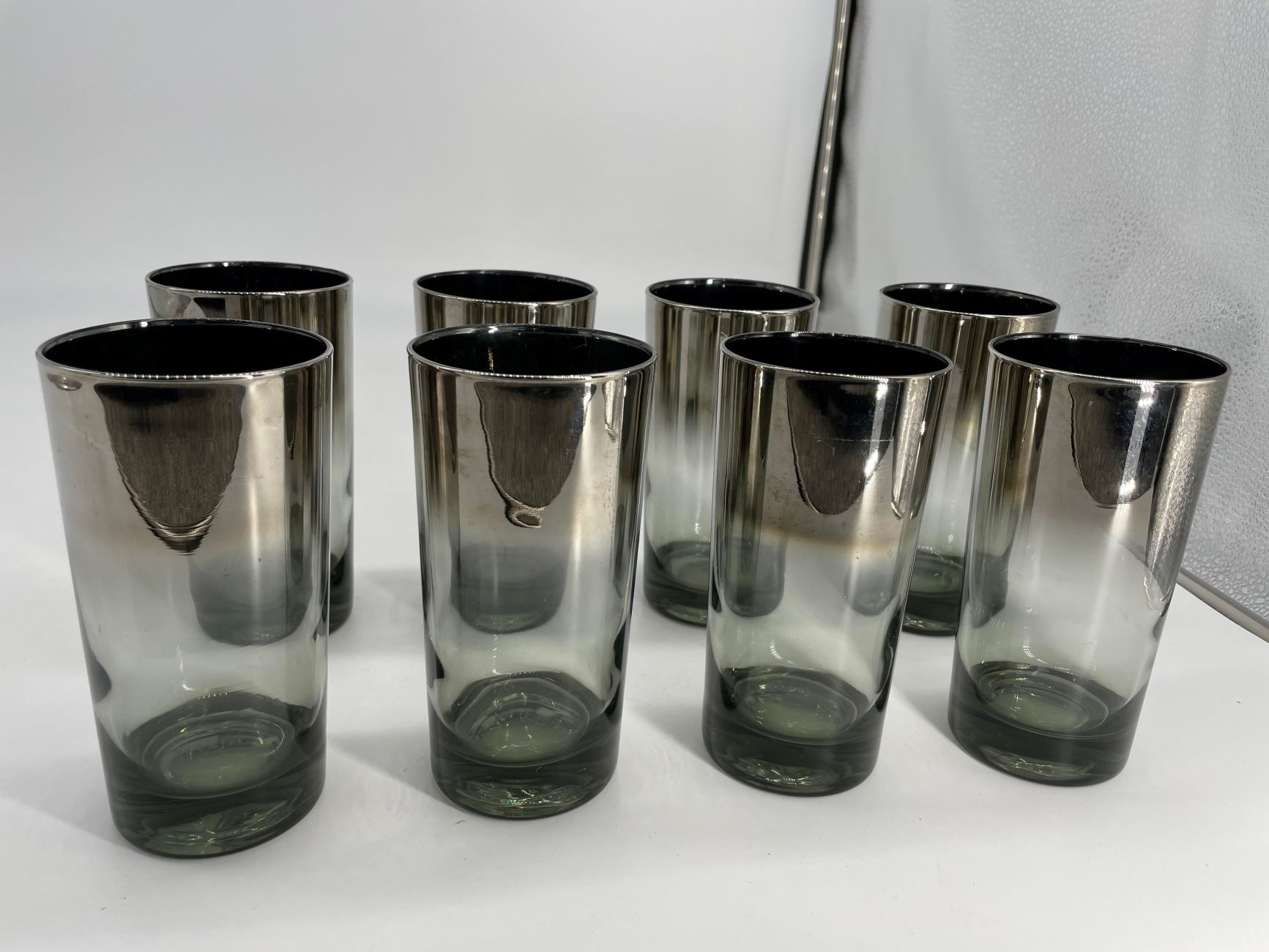
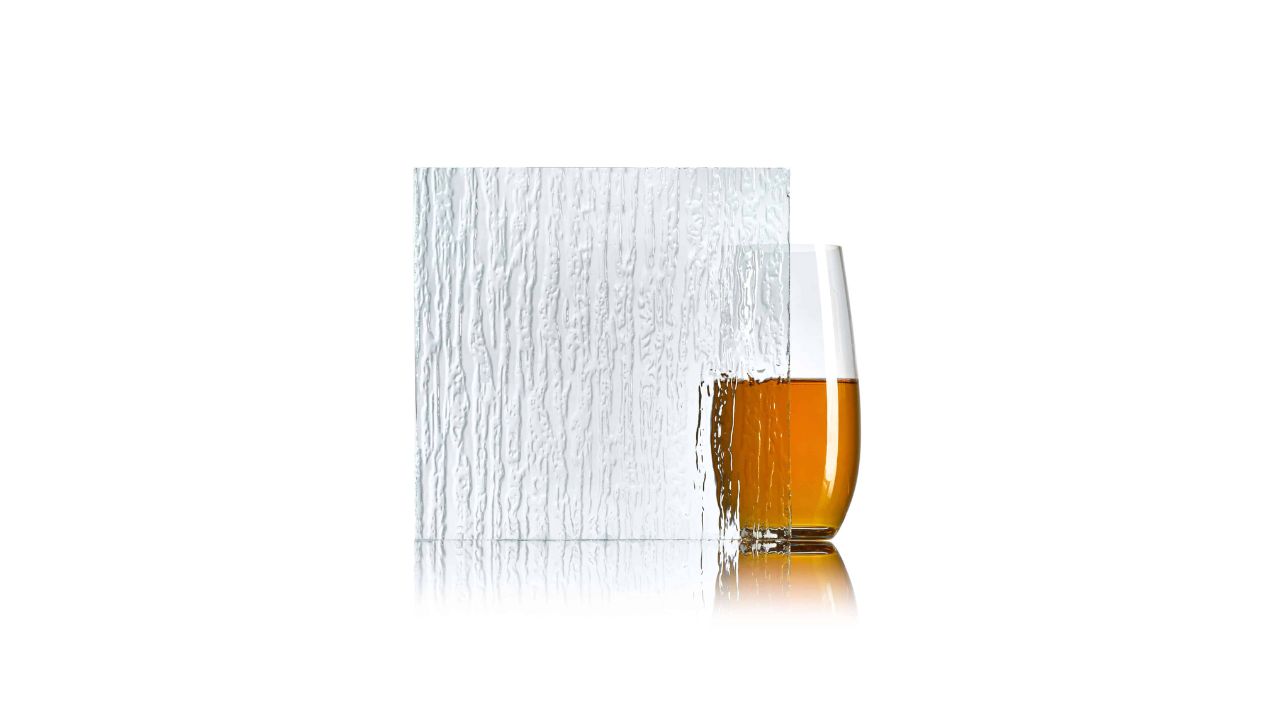

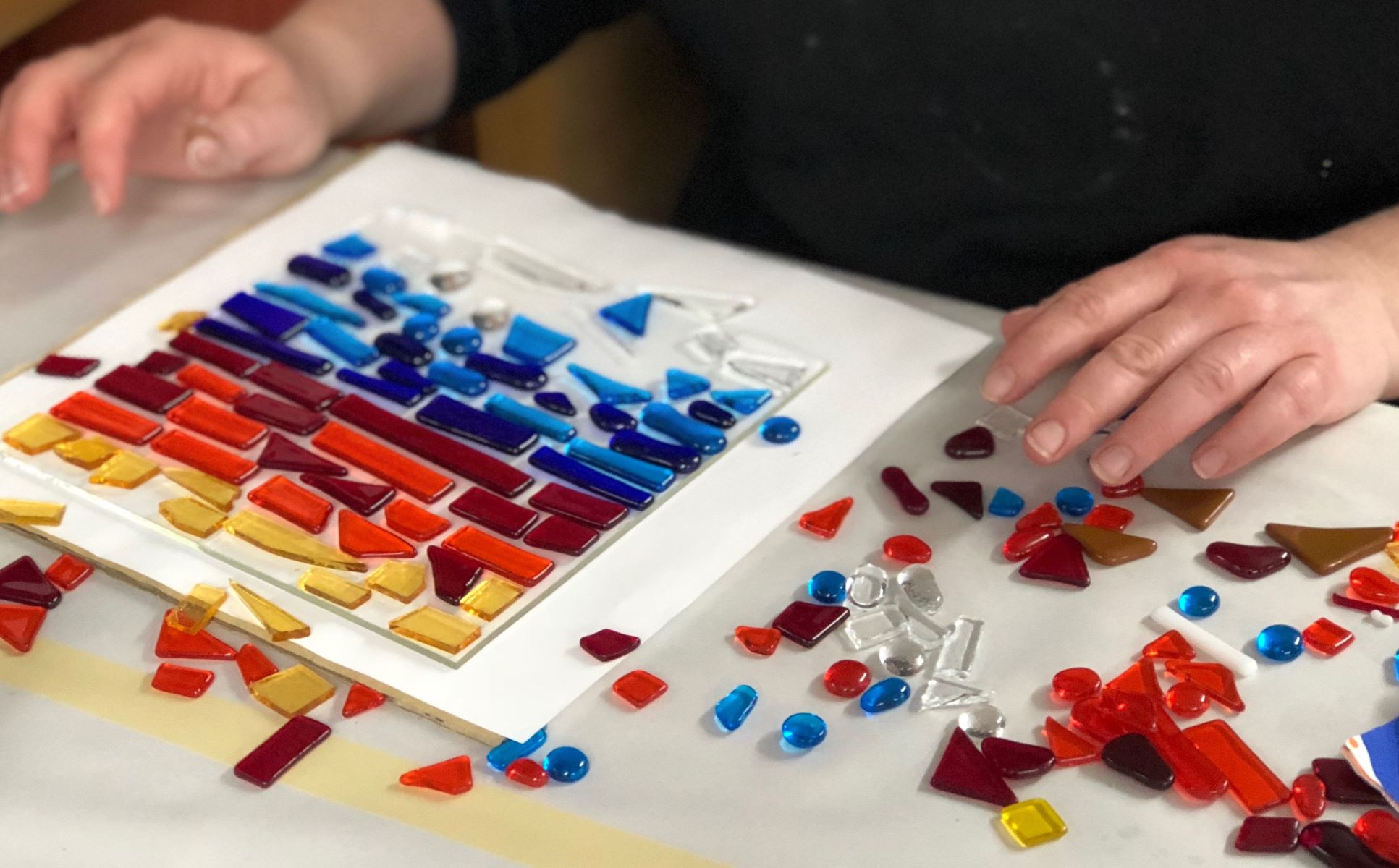

0 thoughts on “What Is Slag Glass”